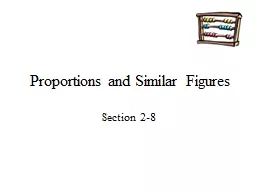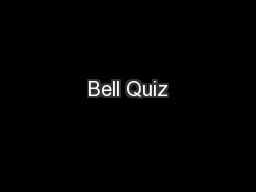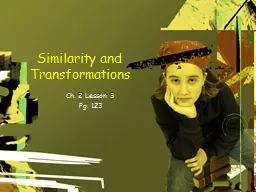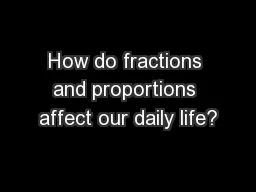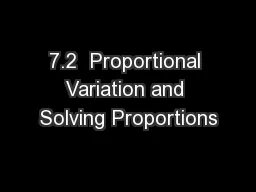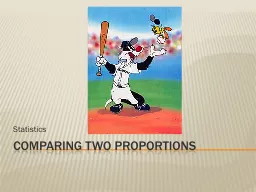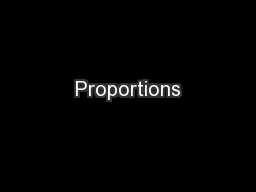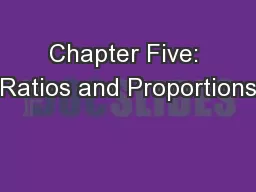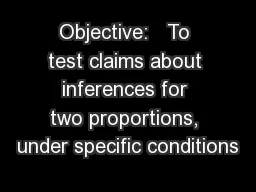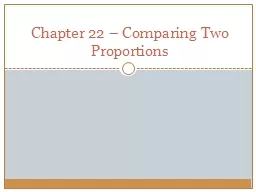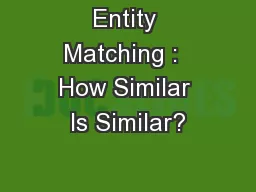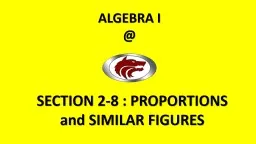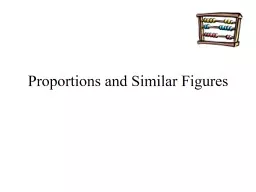PPT-Proportions and Similar Figures
Author : myesha-ticknor | Published Date : 2017-06-02
Section 28 Goals Goal To find missing lengths in similar figures To use similar figures when measuring indirectly Rubric Level 1 Know the goals Level 2 Fully understand
Presentation Embed Code
Download Presentation
Download Presentation The PPT/PDF document "Proportions and Similar Figures" is the property of its rightful owner. Permission is granted to download and print the materials on this website for personal, non-commercial use only, and to display it on your personal computer provided you do not modify the materials and that you retain all copyright notices contained in the materials. By downloading content from our website, you accept the terms of this agreement.
Proportions and Similar Figures: Transcript
Download Rules Of Document
"Proportions and Similar Figures"The content belongs to its owner. You may download and print it for personal use, without modification, and keep all copyright notices. By downloading, you agree to these terms.
Related Documents

